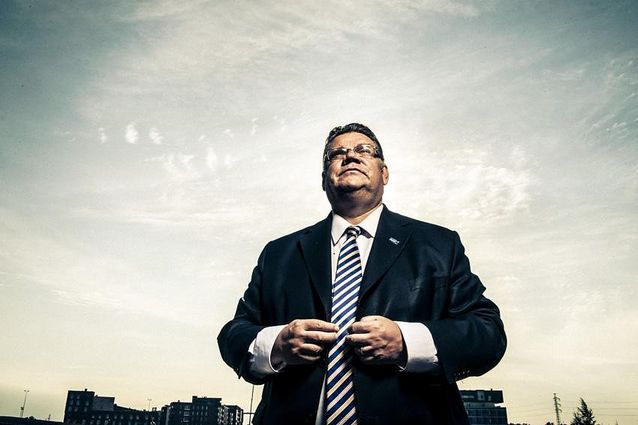Veikko Somerpuro
Veikko August Somerpuro
Born April 11, 1970
Master of Arts 1997 theoretical philosophy), University of Helsinki
Photographer 1999–
Photography teacher, 2000–2004, Helsinki Adult Education Institute Malmitalo, Annantalo Arts Centre and YOK – University of Helsinki Student Photography Association.
Selection of Customers:
The University of Helsinki, WSOY, Johnny Kniga, Ylioppilaslehti, Trade Union of Education in Finland, Opettaja, Akava Special Branches, Vihreä lanka, Parnasso, Finnfund, Talentia ry, Finnish Union of University Professors, Finnish Union of University Researchers and Teachers, Acatiimi, National Library of Finland, Finnish Meteorological Institute, Finnish Forest Industries, Sitra, Image-kustannus, Finnish Centre for Pensions, KHT-media and KHT-yhdistys, Unihome, Unisport, Balanssi, A-lehdet, Nurminen Logistics, MJK, music academies of in the Metropolitan area, Finnish Food Safety Authority Evira, MTT, Natural Resources Institute Finland, Port of Helsinki, IHME art festival, Celia Library for the visually impaired, Finnish Union of Experts in Science, Painomaailma, KEPA, The Finnish Association of Academic Agronomists, STARA, City of Helsinki Real Estate Department, Docendo, Viinilehti, SA-TU Logistics, Fifth Element, Red Lynx, Kopiosto ry, Fazer, Nokia, Soste, Metso co., Finnish Paper Workers' Union, Maatilan Pellervo, Edita, Allianssi, Finnish Film Foundation, Kotimaa Oy, Nuorisotyö, Inclusion Finland KVTL, Noste, Bloomberg.
Chairman 1998–99 and artistic director 2000–01, YOK – University of Helsinki Student Photography Association
Photo: Tiina Somerpuro
Written by Riitta-Ilona Hurmerinta
Translated by Matthew Billington

